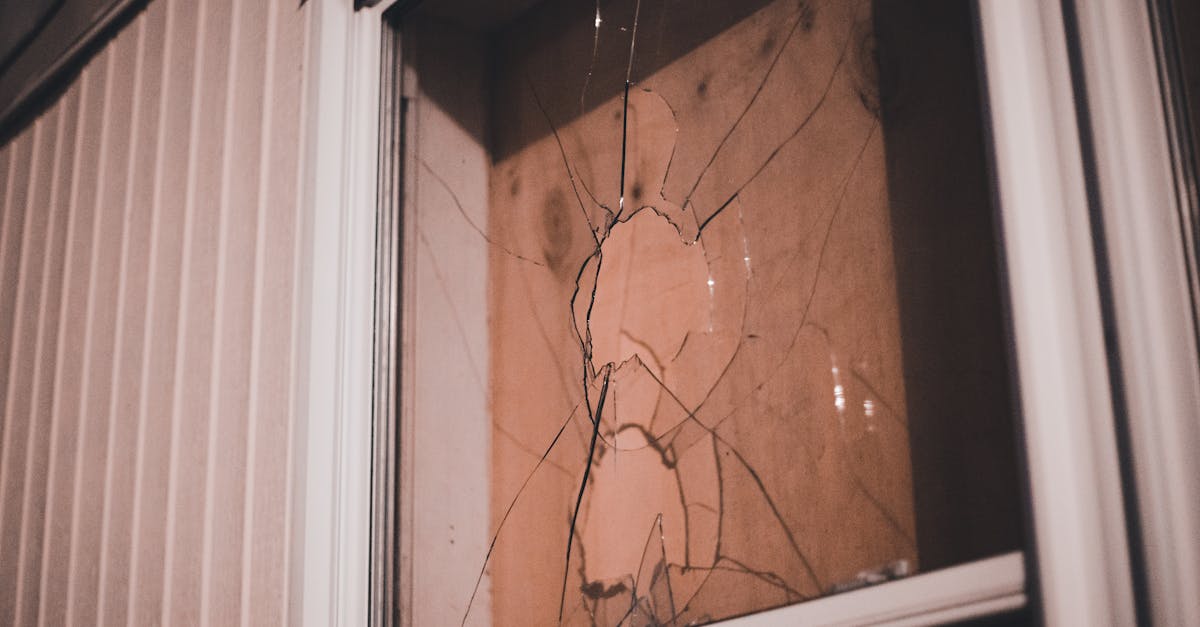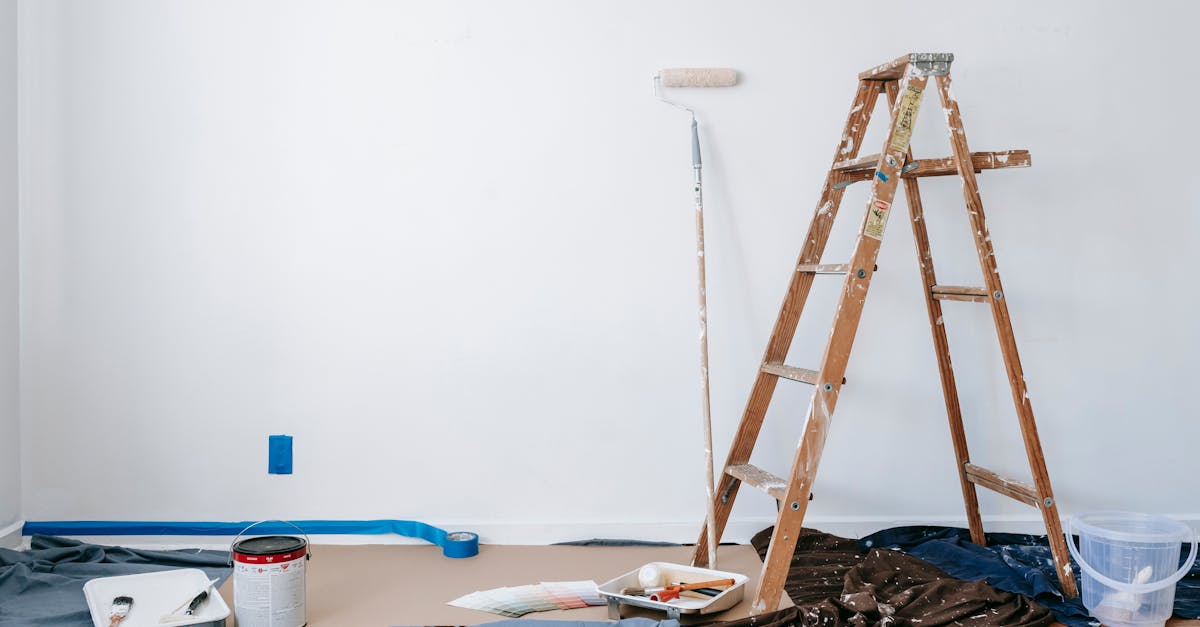
Table Of Contents
DSCR Loan North Carolina specializes in providing tailored Fix n Flip Loans, designed specifically for real estate investors looking to acquire, renovate, and sell properties at a profit. Our team understands the unique challenges of the property flipping market, which is why we offer flexible financing solutions that enable you to access the capital you need quickly and efficiently. With competitive rates and streamlined approval processes, DSCR Loan North Carolina empowers investors to seize opportunities in North Carolina’s dynamic real estate landscape. Whether you're a seasoned pro or just starting your investment journey, our experienced brokers are here to guide you every step of the way, ensuring you get the funding necessary to transform your vision into reality.
Interest Rates and Fees
When considering fix and flip loans, a variety of interest rates and fees may come into play. The rates offered can vary significantly based on the lender, the borrower’s creditworthiness, and the specifics of the investment. Typically, these loans might carry higher interest rates compared to traditional mortgages, reflecting the risk associated with short-term financing. Investors should also account for additional costs such as origination fees, appraisal fees, and closing costs, all of which can increase the overall expenditure of the project.
Understanding the full scope of these costs is crucial for any investor. A loan with a lower interest rate might still involve higher fees that ultimately make the investment more expensive. It is essential to review the loan agreement carefully to identify all potential charges. This thorough examination helps in budgeting accurately and ensuring that the anticipated return on investment remains viable despite the associated financial obligations.
Understanding the Costs Involved
When engaging in a fix and flip project, understanding the financial components is essential. The costs associated with these loans often go beyond the interest rates. Borrowers need to factor in origination fees, closing costs, inspection costs, and potential renovation budgets. Unexpected expenses can arise, making it vital to have a thorough budget and reserve funds for those surprises.
Interest rates may be higher for fix and flip loans compared to traditional mortgages. This increase can be attributed to the higher risk lenders assume when financing short-term, renovation-focused projects. Additionally, many lenders will charge a premium for expedited processing, which can accelerate your timeline but also inflate overall costs. Evaluating all these factors before committing to a lender can significantly impact the success of your investment.
Finding the Right Lender
Selecting a lender for a fix and flip loan involves more than simply comparing interest rates. It's crucial to assess the lender's experience in investment properties and their familiarity with the fix and flip process. A knowledgeable lender can offer valuable insights, helping to navigate potential hurdles that may arise during the funding process. Look for lenders who have a proven track record in the market and can demonstrate a deep understanding of your investment strategy.
As you explore your options, pay close attention to the lender's terms regarding funding timelines, repayment schedules, and additional costs beyond interest rates. Some lenders may offer fast funding, which can be beneficial for time-sensitive projects, while others might include more favorable terms for longer-term repayment. Prioritizing communication and customer service can also make a significant difference. It’s essential to work with a lender who is responsive and willing to address your questions throughout the duration of your investment.
Tips for Choosing a Mortgage Broker
Selecting the right mortgage broker can significantly impact the success of your fix and flip project. It is essential to seek brokers who have specific experience in investment properties. Look for credentials that demonstrate knowledge of the fix-and-flip market, such as certifications or previous successful deals. Additionally, consider their reputation among past clients. Online reviews and personal referrals can provide insights into a broker's reliability, communication style, and responsiveness.
The terms offered by a broker can vary widely, making it important to compare multiple options. Request quotes from several brokers to evaluate interest rates, fees, and loan terms. Be sure to scrutinize the fine print, as hidden costs can emerge later in the process. Moreover, prioritize brokers who are transparent about their processes and fees. A broker willing to discuss your specific needs and respond to your concerns can be a valuable partner in navigating the complexities of financing your investment.
Common Mistakes to Avoid
Investors often overlook the importance of thoroughly researching the property before making a purchase. A hasty inspection can lead to unexpected renovation costs and complications that could jeopardize the project's profitability. Additionally, neglecting to assess the local market conditions may result in overestimating the potential return on investment. Understanding the neighborhood dynamics is crucial for successful buying and selling strategies.
Another frequent mistake involves underestimating the time required for renovations. Many investors assume projects will proceed smoothly and according to schedule. However, delays can arise from contractor issues, permitting challenges, or unforeseen structural problems. These overruns can significantly impact cash flow and erode profit margins. Proper planning and setting realistic timelines are essential for staying on track and achieving desired outcomes.
Pitfalls That Can Affect Your Investment
Investors often overlook the impact of property inspections when planning a fix and flip. Neglecting to conduct a thorough inspection can lead to unforeseen repair costs that eat into profits. Hidden issues like outdated electrical systems, plumbing problems, or structural damage may not be immediately visible but can create significant financial burdens. An incomplete understanding of a property's condition can disrupt timelines, leading to delays in projects and additional holding costs.
Another common pitfall is underestimating the local real estate market. Investors may misjudge demand and fail to accurately price their flipped properties. Overpricing can result in extended market time, while underpricing can prevent potential returns from reflecting the true value of the renovations. Local market trends, including neighborhood developments and comparable sales, should guide pricing strategies to ensure a successful return on investment.
FAQS
What are fix and flip loans?
Fix and flip loans are short-term financing options designed for real estate investors who purchase properties to renovate and sell for profit. These loans typically cover the purchase price and renovation costs.
How do interest rates for fix and flip loans compare to traditional mortgages?
Interest rates for fix and flip loans are generally higher than traditional mortgages due to the increased risk associated with short-term lending and the nature of the investment.
What fees should I expect when applying for a fix and flip loan?
Common fees associated with fix and flip loans may include origination fees, closing costs, appraisal fees, and inspection fees. It’s important to review the fee structure with your lender before proceeding.
How can I find the right lender for a fix and flip loan?
To find the right lender, research various lenders' terms and rates, read customer reviews, and consider seeking recommendations from other real estate investors. It may also help to compare multiple offers to ensure you get the best deal.
What are some common mistakes to avoid when obtaining a fix and flip loan?
Common mistakes include underestimating renovation costs, failing to account for unexpected expenses, choosing a lender without thoroughly reviewing their terms, and not having a clear exit strategy for selling the property.



